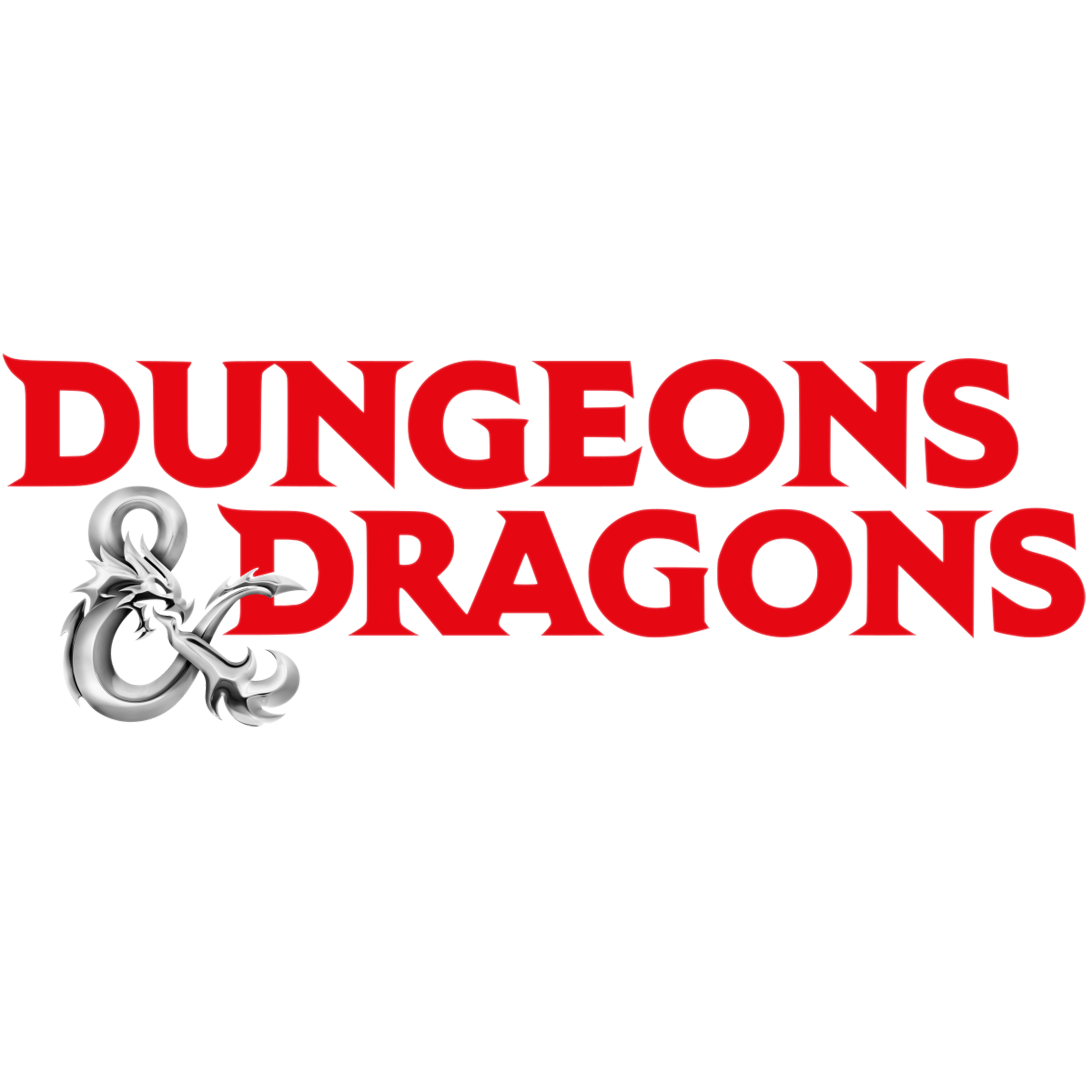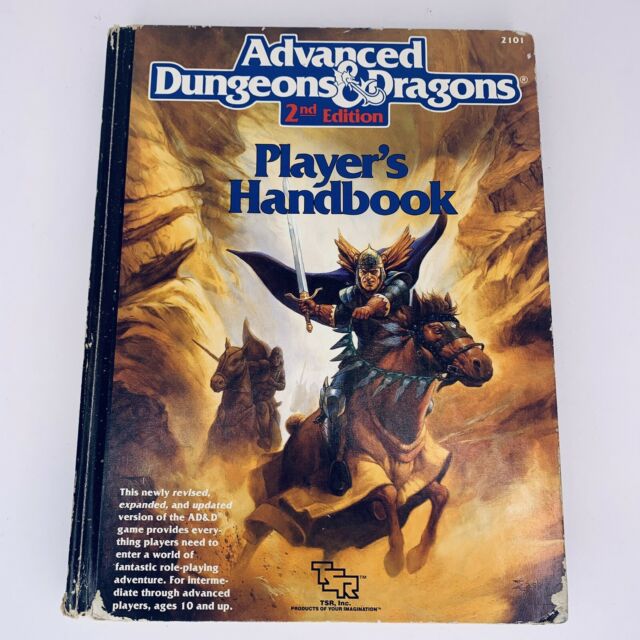

Cultural response in the 80’s and 90’s and 2nd Edition
In 1987, a small team of designers at TSR led by David "Zeb" Cook began work on the second edition of the AD&D game, which would take two years to complete.[11] In 1989, Advanced Dungeons & Dragons 2nd Edition was published, featuring new rules and character classes.[12] By the end of its first decade, AD&D had expanded to several rulebooks, including three collections of monsters (Monster Manual, Monster Manual II, Fiend Folio), and two books governing character skills in wilderness and underground settings. Gygax had already planned a second edition for the game, which would also have been an update of the rules, incorporating the material from Unearthed Arcana, Oriental Adventures, and numerous new innovations from Dragon magazine in the Player's Handbook and Dungeon Master's Guide and would have consolidated the Monster Manual, Monster Manual II and Fiend Folio into one volume.[13] Initially, the 2nd edition was planned to consolidate the game, but more changes were made during development, while still aiming at backwards compatibility with 1st edition. The release of AD&D 2nd Edition corresponded with important policy changes at TSR. An effort was made to remove aspects of the game which had attracted negative publicity, most notably the removal of all mention of demons and devils, although equivalent fiendish monsters are included, renamed tanar'ri and baatezu, respectively. Moving away from the moral ambiguity of the 1st edition AD&D, the TSR staff eliminated character classes and races like the assassin and the half-orc, and stressed heroic roleplaying and player teamwork. The target age of the game was also lowered, with most 2nd edition products being aimed primarily at teenagers.[14] The game was again published as three core rulebooks which incorporated the expansions and revisions which had been published in various supplements over the previous decade. However, the Monster Manual was replaced by the Monstrous Compendium, a loose-leaf binder in which every monster is given a full page of information. It was the intention that packs of new monsters (often setting-specific) could be purchased and added to the binder without the expense or inconvenience of a separate book, allowing the book to be updated and customized as needed. This format proved highly susceptible to wear and tear, however, and presented difficulties in keeping alphabetic order when pages had been printed with monsters on each side. Subsequently, the loose leaf formatting was abandoned and the Compendium as a core book was replaced by single-volume hardcover Monstrous Manual in 1993, collecting popular monsters from the Compendium. The edition also greatly increases the power of dragons, in order to counter the impression of relative weakness of the game's titular monster. Numerous mechanical changes were made to the game. The combat system was modified. The minimum number required to hit a target uses a mathematical formula in which the defender's armor class (AC) is subtracted from the attacker's THAC0 ("To Hit Armor Class '0'") number, a simplification of 1st edition's attack matrix tables that had appeared as an optional rule in the 1st edition DMG. Distances are based on in-game units (feet) rather than miniatures-board ones (inches). Critical hits are offered as optional rules. Character creation is modified in many ways. Demi-human races are given higher level maximums to increase their long-term playability, though they are still restricted in terms of character class flexibility. Character classes are organized into four groups: warrior (fighter, paladin, ranger), wizard (mage, specialist wizard), priest (cleric, druid), and rogue (thief, bard). Assassins and monks were removed from the game as character classes, "magic-users" are renamed "mages", illusionists are made into a subtype of the wizard class, along with new classes specializing in the other schools of magic. Proficiencies are officially supported in the Player's Handbook and many supplements, rather than being an optional add-on. Psionics are no longer included in the Player's Handbook, though they later appeared in their own supplement. The game's commercial success was a factor that led to lawsuits regarding distribution of royalties between original creators Gygax and Arneson.[161][162] Gygax later became embroiled in a political struggle for control of TSR which culminated in a court battle and Gygax's decision to sell his ownership interest in the company in 1985.[163] At various times in its history, Dungeons & Dragons has received negative publicity, in particular from some Christian groups, for alleged promotion of such practices as devil worship, witchcraft, suicide, and murder, and for the presence of naked breasts in drawings of female humanoids in the original AD&D manuals (mainly monsters such as harpies, succubi, etc.).[19][164] These controversies led TSR to remove many potentially controversial references and artwork when releasing the 2nd Edition of AD&D.[86] Many of these references, including the use of the names "devils" and "demons", were reintroduced in the 3rd edition.[165] The moral panic over the game led to problems for fans of D&D who faced social ostracism, unfair treatment, and false association with the occult and Satanism, regardless of an individual fan's actual religious affiliation and beliefs.[166]
